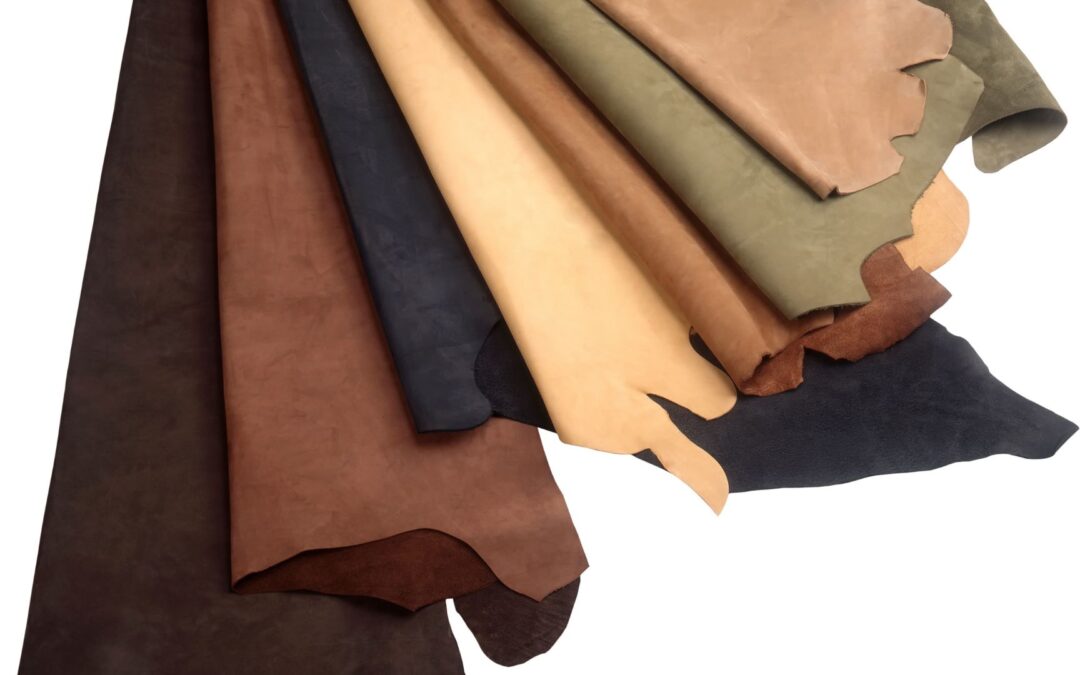Understanding Different Types of Leather and Their Repair Needs
Leather is a versatile and luxurious material, but not all leather is created equal. Different types of leather have unique characteristics and require specific care and repair techniques. Here’s a guide to understanding the various types of leather and their repair needs:
1. Full-Grain Leather
- Characteristics: The highest quality leather, known for its durability and natural appearance. It retains the outermost layer of the hide, showing natural imperfections.
- Repair Needs: Regular conditioning to prevent drying and cracking. Professional repair for deep scratches and stains to maintain its natural beauty.
2. Top-Grain Leather
- Characteristics: Slightly lower quality than full-grain, with the outer layer sanded to remove imperfections. It is smooth and less breathable.
- Repair Needs: Requires conditioning and occasional re-dyeing to address wear and fading. Professional repair for significant scratches and scuffs.
3. Genuine Leather
- Characteristics: Made from the layers beneath the top-grain, genuine leather is more affordable but less durable and luxurious.
- Repair Needs: Needs regular maintenance to prevent peeling and cracking. Surface repairs and re-dyeing are common to extend its lifespan.
4. Bonded Leather
- Characteristics: Made from leftover leather scraps bonded together with adhesive. It is the least durable type of leather.
- Repair Needs: Prone to peeling and cracking, bonded leather often requires professional repair or replacement of damaged sections.
5. Nubuck Leather
- Characteristics: Top-grain leather sanded to create a soft, velvety texture. It is highly susceptible to staining and water damage.
- Repair Needs: Requires regular brushing and protective treatments. Professional cleaning and repair are needed for stains and significant wear.
6. Suede Leather
- Characteristics: Made from the underside of the hide, suede has a soft, fuzzy texture and is less durable than full-grain or top-grain leather.
- Repair Needs: Needs frequent brushing and protective sprays. Stains and water damage often require professional cleaning and restoration.
7. Aniline Leather
- Characteristics: Dyed with soluble dyes, aniline leather is soft and natural-looking but lacks a protective coating, making it prone to staining.
- Repair Needs: Regular conditioning and careful cleaning to maintain its appearance. Professional repair for scratches and discoloration.
8. Semi-Aniline Leather
- Characteristics: Aniline leather with a light protective coating, offering a balance between natural appearance and durability.
- Repair Needs: Less prone to staining but still needs conditioning and occasional professional cleaning to address wear and minor damage.
9. Pigmented Leather
- Characteristics: Leather with a protective pigment coating, making it more durable and resistant to stains and fading.
- Repair Needs: Regular cleaning and conditioning. Professional repair for scratches and cracks in the pigment layer.
10. Bicast Leather
- Characteristics: Split leather with a polyurethane coating, giving it a glossy finish. Less breathable and durable than top-grain leather.
- Repair Needs: Needs regular cleaning and conditioning. Surface damage and peeling often require professional repair or replacement.
Understanding the specific repair needs of different types of leather can help you maintain your furniture’s appearance and longevity. At APlus Leather Repair, we specialize in caring for all types of leather, providing expert repair and maintenance services tailored to each unique material. Contact us today to learn more about how we can help preserve and restore your leather furniture.

